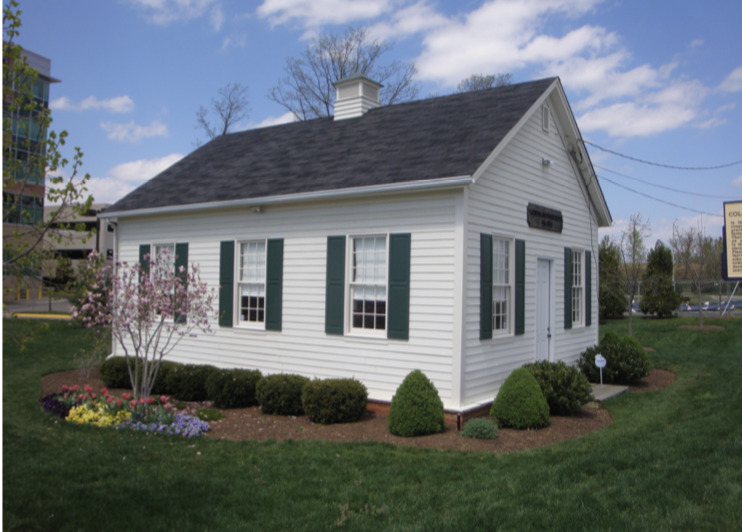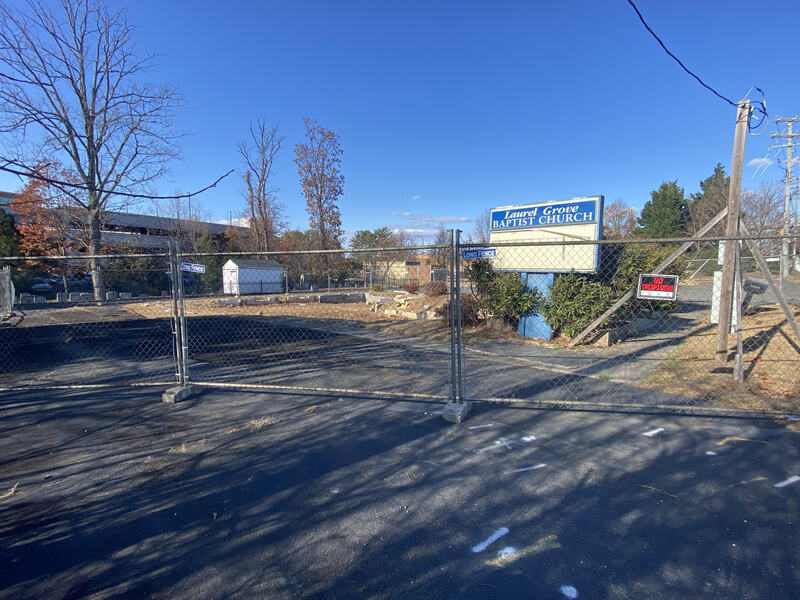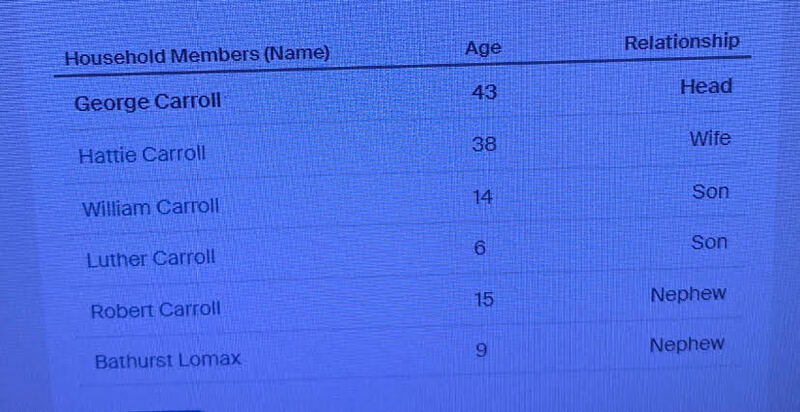Future Research
The story of George Carroll, woven into the fabric of history, stands as a powerful testament to the resilience of the human spirit. Yet, it is merely one thread in the vast tapestry of untold narratives belonging to the enslaved population [1]. As we delve into tax records, wills, and US census data, we unearth glimpses of George's remarkable journey, reminding us of the need to uncover more hidden stories. Each document is a whisper from the past, urging us to continue the excavation, to shed light on the lives of the countless others who, like George, defied the odds.
Further research is imperative, delving into the lives of George's descendants—Luther, John, Edgar Harris, and others. Their stories, intertwined with the legacy of Carrolltown, are fragments of a larger mosaic waiting to be assembled. Understanding the passing down of land and the challenges they faced can provide valuable insights into the generational impact of empowerment and education.
Moreover, a deeper exploration of Laurel Grove School and Church is necessary. These institutions, born from the vision of George Carroll and his community, now stand as museums, monuments to progress, and symbols of empowerment and equality. Researching their evolution can offer profound lessons about the transformative power of education in the face of adversity. Having been worn down from time, the school became a museum which holds and displays many valuable school records honoring the history of families who built the school, furnished it, provided books, and hired the first teacher [2]. Further research can be done in exploring George’s relatives in attending the school and the significance they had to Fairfax County.
By unearthing these narratives, we pay homage to the resilience of those who came before us, honoring their struggles and celebrating their triumphs. In understanding the past, we illuminate the path toward a future where empowerment and equality are not just ideals but lived experiences for all.
Since the tragic fire that consumed the Laurel Grove Baptist Church in December 2004, the site has been gated off, presenting a complex decision about its future. As we confront this circumstance, we must reflect on the profound historical significance the land embodies. The question arises: how should we approach the situation while respecting the intrinsic value derived from its rich history? Contemplating the potential uses for the land prompts us to consider options that not only honor the past but also contribute positively to the community. Engaging in a thoughtful dialogue with the community and stakeholders could help chart a path forward that preserves the essence of the Laurel Grove Baptist Church's legacy, ensuring that the site remains a meaningful part of the local narrative.
Where is George’s Wife?
Embarking on the intriguing journey of uncovering George Carroll's family history, particularly the whereabouts of his first wife, Hattie Carroll, promises a captivating pursuit. The 1900 US Census intriguingly lists Hattie as his current wife, yet George's will, made at the time of his passing, designates Jane Carroll in that role. A curious twist indeed! The Laurel Grove gravestone cemetery records, however, provide no trace of Hattie Carroll. This enigma propels us into the realms of family mysteries, community dynamics, and the labyrinth of historical records. The pursuit of George's familial ties becomes a puzzle with countless possibilities. Perhaps hidden gems lie in community anecdotes or secondary sources waiting to be uncovered. It emphasizes the vital role of such inquiries, not only in enriching our understanding of George's life but also in weaving a more complete tapestry of the community's past. Future research dedicated to tracing Hattie and other relatives could unravel new chapters and bring a fuller context to George Carroll's legacy.
[1] Fuentes, Marisa J. Dispossessed Lives : Enslaved Women, Violence, and the Archive. Philadelphia: University of Pennsylvania Press, 2016. Print.
[2]“Laurel Grove School Museum.” Fairfax County African American History Inventory, fairfaxaahi.centerformasonslegacies.com/items/show/13. Accessed 3 Nov. 2023.
[3]United States Census, 1900, MT Vernon, Fairfax, Virginia
[4]Will Statement of George Carroll, Fairfax Will Book 6 page 251, Fairfax County Historic Records Center, Fairfax, V




